My photo won a street photography contest!
Never in my life did I ever think I would win a street photography contest. The genre is so difficult to master; I don’t think anyone ever really masters it—I think they learn what to look for, and it might not even surface until it’s on a contact sheet. Meaning, they might not actually capture the image until they see it AFTER the shutter is clicked.
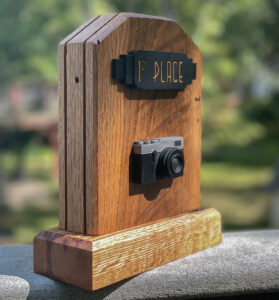
Made from oak, cut some 300 years ago, this wooden trophy still has the original sawmill markings and vintage nail holes from the 1800s when the wood was used to build an old barn that was restored into a winery in South West Virginia. The wood form was planed and cut by Theodore Nelson, founding member of the FXBG Street Photography Collective. The podium plaque was 3D printed and hand-painted by Bill Crosby to combine the old and new technologies.
The winning photo above was one of the first I shot during the 2021 Fredericksburg Street Photography Collective Shoot-Off held Saturday, October 2, 2021. This and the next two posts will describe my thought process for each of the images I entered.
I was walking with my friend and colleague photographer Marcus Wilson as we entered what appeared to be an outdoor craft show. But let’s step back a few minutes. Not 15 minutes before, we were driving around looking for a block party that was taking place. We found it, and I wasn’t too excited about it—it wasn’t what I had imagined. It had lots of vendor tents, with activities for the kids, but it didn’t look like what I expected. “Marcus? My wife and I do a lot of craft shows where she sells her jewelry. I’ve had enough of tents and vendors, I’ve been there and done that, and it’s not that interesting,” I said to him.
“Start Again!*”
So we returned to our starting point, parked the car, and walked into a craft show: tents, vendors, and all. I stopped to ask one of the vendors who I should contact about being a vendor while Marcus walked up the street, passing several more vendor tents (which I said I wasn’t going to do.) I caught up with him and began to scan the area for people (other than shoppers and vendors.) Just my luck, there were a set of steps where people were sitting, and children were playing. I turned on my camera, hoping the auto collapsing lens cap didn’t get stuck again.
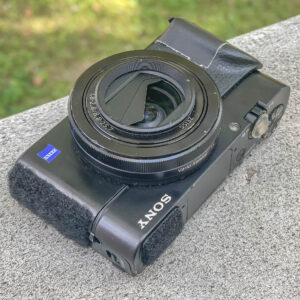
This digital camera has served me well. You can see how beat-up it is in this photo. Read about how I decided to purchase the Sony RX100m3, over other brands in my article.
I have dropped the camera two times over its six-year life in my possession. One time, I had it stored in a tummy pack on my way to France, and it was pressed up against something that dented the lens cap and caused it to have difficulty opening and closing. Other times, I dropped it, and now the EVF sometimes works and other times not. The tiny flash stopped working as well. I’ve added Velcro tape to it so I could add other accessories to it, and there is a piece of black gaffers tape holding the handgrip onto the body. It looks; well, pause for two seconds…experienced, to say the least. So as I got closer to the group, I turned the camera on. If the lens cap did get stuck, I’d have to flick it open with my finger and then clean off the lens that would have my fingerprint on it. This all had to be done within a certain period, or the camera would auto shut down, and then I’d have to do it all over again. I’ve gotten used to its battery preservation process that I don’t even think about it now.
Luckily, it opened without issue. I dialed the lens back to 24mm, held the camera by my side, and got within five feet of a group of three people. Then I pressed the shutter button and held it down as I walked by. I hoped that something would happen. When I walked up to them, I speculated it was a father with his two sons. The father and the older son seemed to be doing their own thing while the youngest looked around the area. Maybe their mom was working one of the vendor booths or perhaps shopping. I thought it was an interesting moment. I wasn’t paying attention to the background; I wasn’t fussing with my camera settings; I was looking for impact. A photo of a father and sons preoccupied with their own things did not appear to be very impactful, but if the youngest child did something, maybe then it would have an impact. I kept the shutter release button down so the camera would shoot a burst of frames as I passed by them.
Shooting from the hip
If I had lifted the camera to my eye, it would have shown everyone that I was taking a photo. I didn’t want to disturb anything in the scene as I walked by, so I lowered the camera to my hip and looked at where I was going instead of at the subject. In this manner, I had no way of composing the scene, and I wasn’t concerned. I knew at 24mm and the distance I was at, I had a good chance of capturing everything I wanted as long as I didn’t tilt the camera in any direction too much—that is something I’ve had to develop a feel for over the years: that and a lot of luck. I had already set my camera up to fire at 1/500″ through one of the three custom memory presets the camera software offers. I’ve learned, through testing, that at 24mm, I could stop just about any human movement at 1/500th, even if they are walking in the opposite direction. The preset also sacrifices the ISO and ƒ-stop auto-adjusting each as needed. I didn’t care about the minutia we photographers typically go through to make sure there wasn’t any noise in the image by shooting at a low ISO. I didn’t care about what ƒ-stop it would shoot at because at that camera to subject distance; most everything will be in focus at the subject and beyond. What mattered to me was; there wasn’t any camera or subject movement, and more importantly—it had an impact. I got it when the youngest boy had his attention drawn off into the distance. However, I would not discover this until I reviewed the photos on the preview screen on the back of my camera.
Now, I once poopoo’d a street photograph many years ago because it looked like the photographer was hiding his camera. As it turned out he hid it inside his coat. I thought, OMG, he doesn’t have the guts to put it up to his eye and do proper composition and take in all of the elements around for that “decisive moment.” Boy was I wrong. Do any of you think I would’ve gotten a better shot if I had drawn the attention of anyone in this image? The father would have given me the evil eye, the older boy wouldn’t have known because he’s preoccupied with eating snackies, and maybe the young boy would have looked at me, but it wouldn’t have been this shot.
I firmly and wholeheartedly believe a great image needs to be designed, it has to have good lighting, and it has to have an impact. And there are times and places for that, but this wasn’t one of them. Be liquid and have several techniques you can employ as you negotiate the ball coming at your side of the court.
Irony has a way of biting you in the butt.
I’m very happy this photo placed so well in the competition, but it came with some irony. I said I didn’t want to photograph around craft shows, but I did and it won. I’ve also said, in the past, that to me, a good street photo has an element of unpredictability—something that happens beyond my control, and it did. Further, the second-place image, won by my colleague, photographer José Esquilin, also had an element of unpredictability in it, backing up my idea. Before the competition, I had addressed some issues with what was permitted to do in-camera. Some of the camera manufacturers have “looks” that change the contrast, color look, and feel in the camera, but mine only gave me a choice of color or B&W, and it won. I have NEVER entered a photo competition where I had to provide the final image out of the camera, without any post-processing, and it won. I will demonstrate the difference in a later post. Lastly, I did this with what many would identify as a broken-down point-n-shoot camera. I was up against creators with enough quality camera gear they could have purchased Curitiba Art Café where we held the event, but now I’m gloating.
Now, that is my opinion on how this image won, not the judges. You could ask them what made it work for them, and you would get great advice. I’ve always thought that three judges were better than one because they could argue back and forth. Unfortunately, there wasn’t time for them to critique every image submitted. That is what happens during regular meeting time. Each person, in reality, only competes against themselves, except in a competition like this. This competition is kind of like, just the “Best in Show” part. That is the part where you compete against everyone else.
If you took part in the competition, congratulations! Putting your work in front of people is difficult. But take it a step further, talk to the judges about why your image didn’t do better. Part of the problem is that street photography means a lot of things, and that is what we shoot for. While you may have nailed that part, I think it’s a little confusing. My next two posts will address this head-on.
Thank You Judges
It is my pleasure to thank the judges of the competition:
Bob Patterson: Editor, and Publisher of Street Photography Magazine.
Jeromie Stephens: Freelance photographer published in many bluegrass music publications
Marci Lindsay: Street Photographer, and member of the DC Street Photo Collective
*A reference from Monty Python’s Flying Circus from the sketch “The Eclipse of the Sun”
In my next post, I’ll discuss the “decisive moment” and the second image I entered.
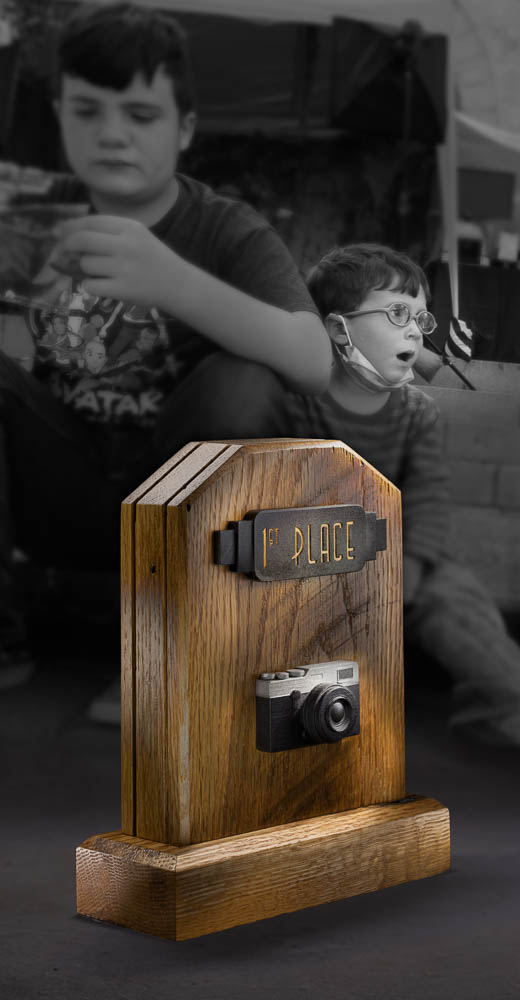
Street Photography Podcast Interview
In early November 2021, I had the honor of being interviewed by Bob Patterson, editor of Street Photography Magazine.
Straight Out Of Camera?
Pt. 3 How my photograph won the 2021 Fredericksburg Street Photography Collective Shoot-Off
Pt. 2 How my photograph won the 2021 Fredericksburg Street Photography Collective Shoot-Off
Mobile RAW Workflow Diagram
The Ultimate Mobile Photography Workflow
Are you trying to figure out how to connect an external hard drive to your iPad? Do you need more dive space to save your photos? In this post, Mark Gilvey (Mark Gilvey Fine Art Photography) shows you how to bring a RAW file workflow to your iPad.

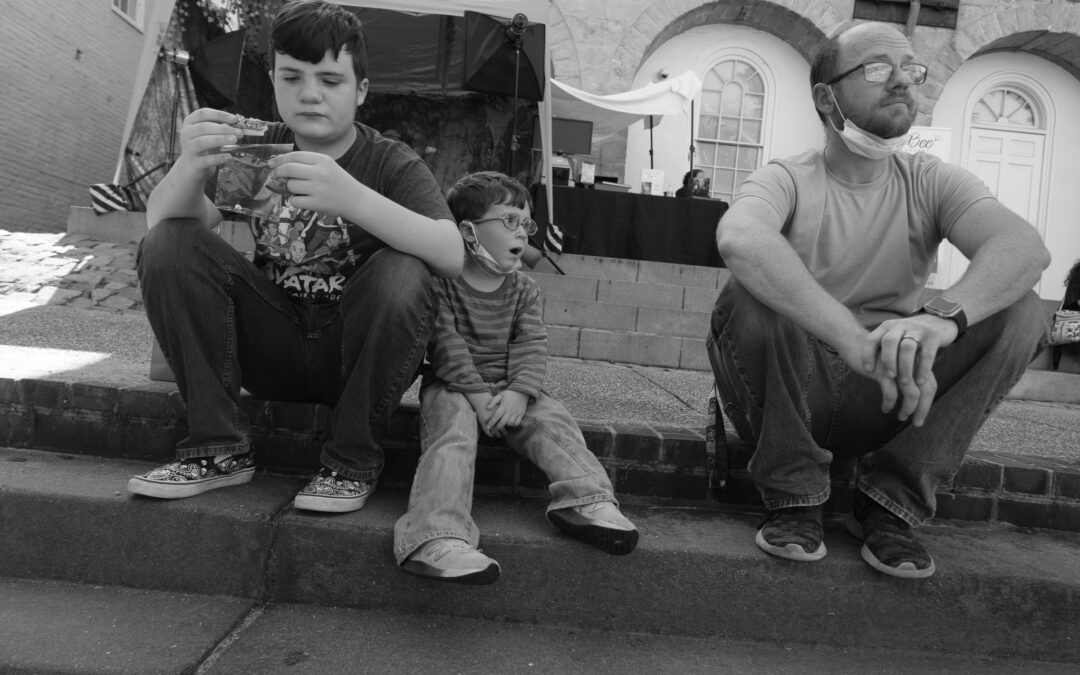
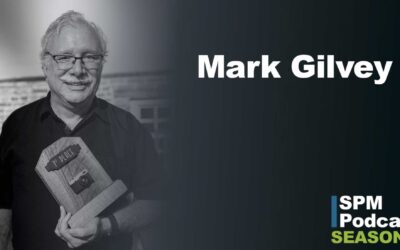
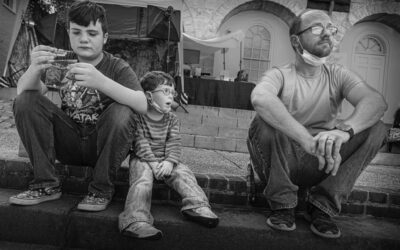
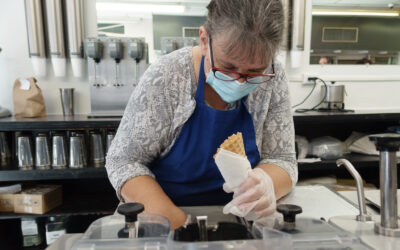
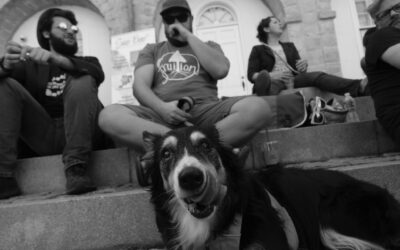

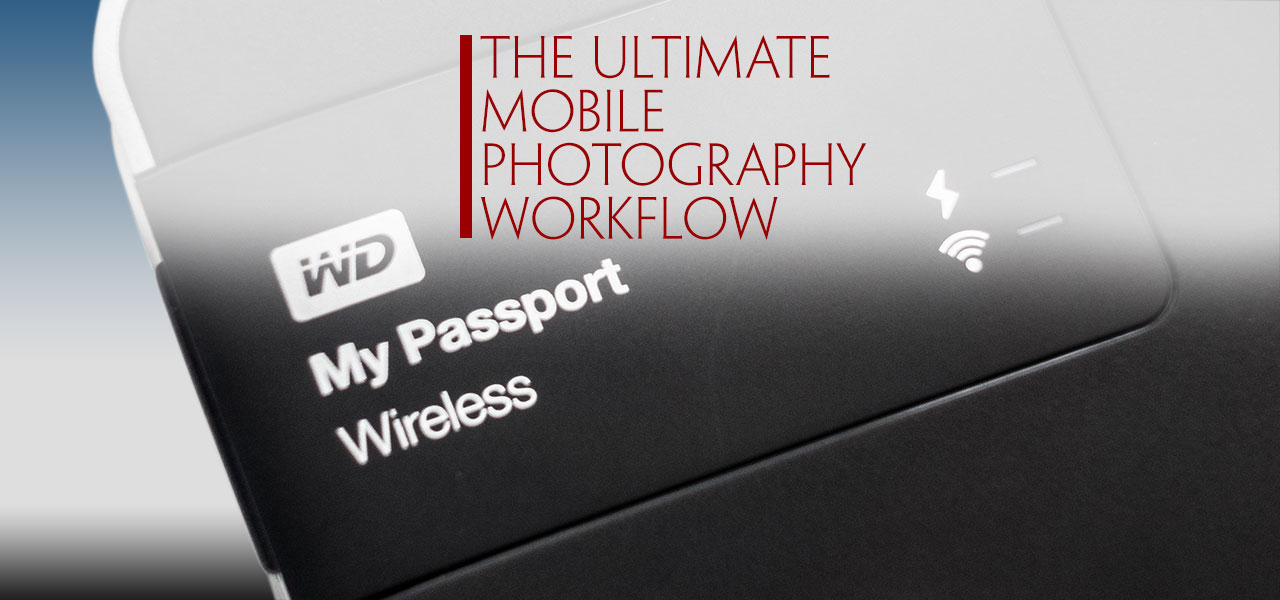

I was with him when he took the photos! And he didn’t want to go to the crafts show!